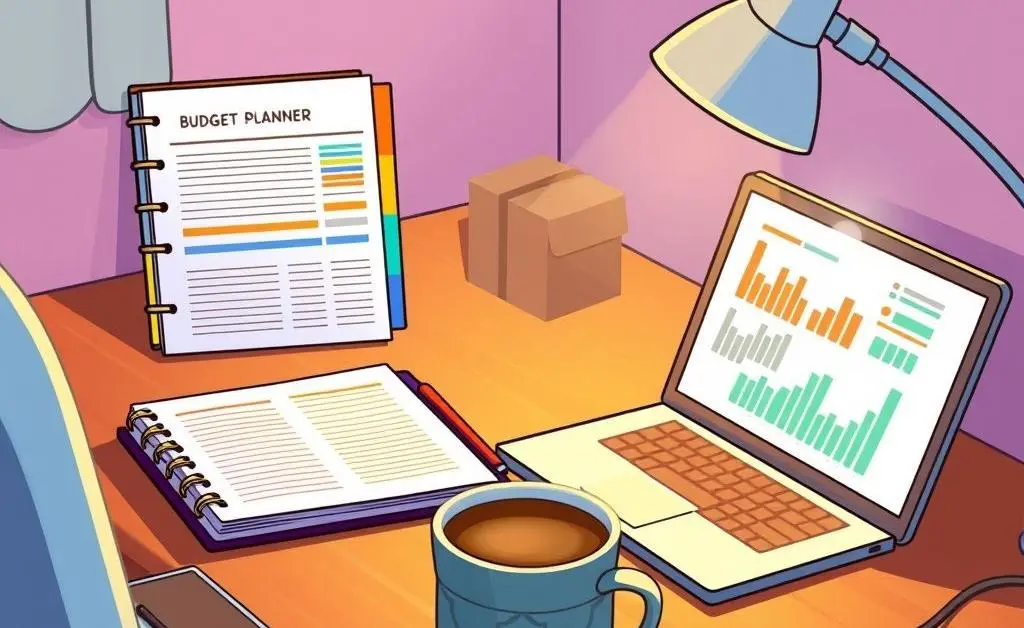How to Navigate Financial Stability in Your 20s: A Practical Guide
Practical steps to achieve financial stability in your 20s without a formal job. Tips on budgeting and exploring side hustles.

Ever had that nagging question about how to achieve financial stability when you're knee-deep in your 20s and haven't landed that 'proper' job yet? You're not alone. Let's dive into practical steps you can take to create financial security and keep your future bright.
Where to Start When Building Financial Stability
Budget Like a Pro
Budgeting might not sound like the most glamorous task, but trust me, it’s the foundation of financial stability. Start by tracking your income and expenses — it's surprising how those daily coffees add up!
- Download a budgeting app to keep your numbers organized.
- Set realistic goals for spending in categories like food, entertainment, and savings.
- Review your budget weekly to stay on track.

I remember when I was living paycheck to paycheck in my late 20s, I discovered an app that categorized my spending. Seeing those figures laid bare was a game-changer. The realization that I was spending way more on takeouts than I acknowledged helped me adjust and save significantly.
Exploring Side Hustles
Without a full-time job, side hustles can be the key to diversifying your income streams and gaining financial independence. Consider skills or hobbies you enjoy and explore how they might earn you some extra cash.
- Freelancing services in writing or graphic design.
- Starting an online shop to sell handmade crafts or vintage finds.
- Offering virtual tutoring or courses if you're skilled in a particular area.

Emergency Fund: Your Safety Net
Having an emergency fund is like having a financial cushion to soften unexpected blows. Aim to save at least three to six months' worth of living expenses.
Even small, regular contributions can grow over time. Consider opening a separate savings account to discourage impulse spending.
Embracing a Financially Stable Mindset
Financial stability is about more than just numbers; it's a mindset. Taking active steps toward understanding your financial habits and adjusting them is empowering. And remember, seeking out knowledge and being open to learning as you go is part of the journey.

So, what steps will you take today to start securing your financial future? The path to financial freedom begins with that first, purposeful step. Let me know in the comments what strategies work for you or what you’re eager to try out!




